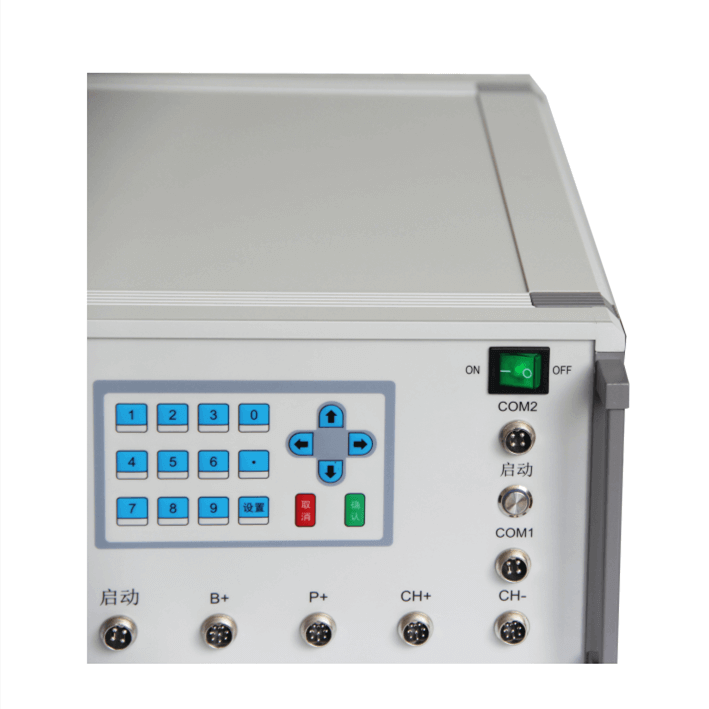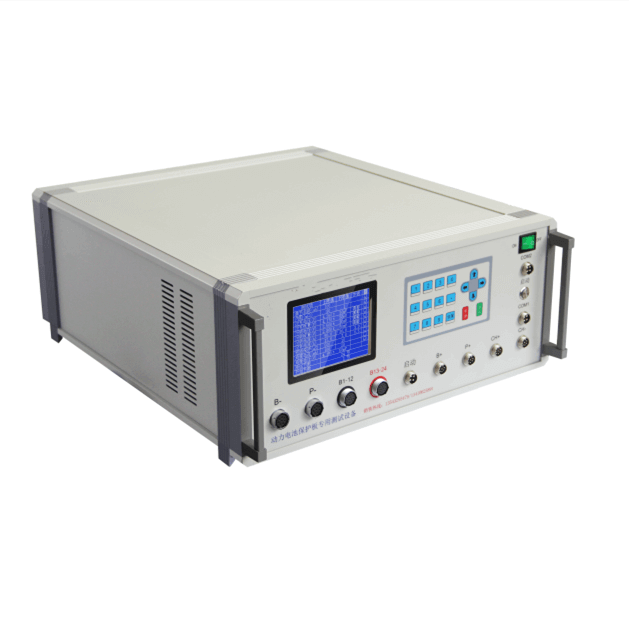Situs Blog
Blog terbaru
Blog Kategori
Hubungi kami
- Jika Anda memiliki pertanyaan, silahkan hubungi kami, Semua pertanyaan akan dijawab
- Email : David@tmaxcn.com
- Email : Davidtmaxcn@gmail.com
- Tambahkan : No. 39, Xinchang Road, Xinyang, Haicang Dist., Xiamen, Fujian, China (Mainland)
Hot produk
Mesin Laboratorium Baterai Litium
Building the Future: Insights into EV Car Battery Assembly Lines
August 15,2023.
Introduction:
In the era of electric vehicles (EVs), car battery assembly is a pivotal process. The "EV Car Battery Assembly Line" represents the heart of electric mobility, where cutting-edge technology converges to create the power source that drives the future of transportation. This article delves into the intricacies of EV Car Battery Assembly Lines, exploring their significance, key components, and their transformative impact on the automotive industry.
The Crucial Role of Battery Assembly:
As EVs surge in popularity, the assembly of car batteries takes center stage. The EV Car Battery Assembly Line is where battery modules and packs come to life, ensuring the efficient integration of cells, electronics, and safety mechanisms.
Key Components and Processes:
The EV Car Battery Assembly Line comprises various components and processes:
Cell Integration: High-precision robots or automated systems delicately assemble individual battery cells into modules, ensuring consistent alignment and connection.
Module Integration: Modules, each housing multiple cells, are meticulously integrated to form a battery pack. This step involves advanced thermal management systems and electrical connections.
Electronics Integration: Battery management systems (BMS) are incorporated to monitor cell voltage, temperature, and overall performance, optimizing efficiency and safety.
Safety Measures: The assembly line incorporates safety mechanisms such as thermal runaway prevention, short circuit detection, and impact-resistant designs to ensure passenger safety.
Driving Innovation and Efficiency:
EV Car Battery Assembly Lines drive innovation and efficiency across the automotive sector:
Advanced Automation: The integration of robotics and automation streamlines the assembly process, reducing human error and increasing production precision.
Scaling Up Production: Assembly lines enable mass production of battery packs, contributing to the growth of the EV market and making electric vehicles more accessible.
Rapid Technological Advancements: The assembly line fosters innovation, pushing the boundaries of battery technology, energy density, and safety.
Environmental Impact:
Efficient assembly lines contribute to sustainable manufacturing practices by optimizing energy consumption, minimizing waste, and supporting the overall eco-friendliness of EVs.
Industry Evolution:
The prismatic battery assembly line evolution is integral to the automotive industry's transformation towards sustainability and zero-emission transportation.
Conclusion:
In the era of electric vehicles (EVs), car battery assembly is a pivotal process. The "EV Car Battery Assembly Line" represents the heart of electric mobility, where cutting-edge technology converges to create the power source that drives the future of transportation. This article delves into the intricacies of EV Car Battery Assembly Lines, exploring their significance, key components, and their transformative impact on the automotive industry.
The Crucial Role of Battery Assembly:
As EVs surge in popularity, the assembly of car batteries takes center stage. The EV Car Battery Assembly Line is where battery modules and packs come to life, ensuring the efficient integration of cells, electronics, and safety mechanisms.
Key Components and Processes:
The EV Car Battery Assembly Line comprises various components and processes:
Cell Integration: High-precision robots or automated systems delicately assemble individual battery cells into modules, ensuring consistent alignment and connection.
Module Integration: Modules, each housing multiple cells, are meticulously integrated to form a battery pack. This step involves advanced thermal management systems and electrical connections.
Electronics Integration: Battery management systems (BMS) are incorporated to monitor cell voltage, temperature, and overall performance, optimizing efficiency and safety.
Safety Measures: The assembly line incorporates safety mechanisms such as thermal runaway prevention, short circuit detection, and impact-resistant designs to ensure passenger safety.
Driving Innovation and Efficiency:
EV Car Battery Assembly Lines drive innovation and efficiency across the automotive sector:
Advanced Automation: The integration of robotics and automation streamlines the assembly process, reducing human error and increasing production precision.
Scaling Up Production: Assembly lines enable mass production of battery packs, contributing to the growth of the EV market and making electric vehicles more accessible.
Rapid Technological Advancements: The assembly line fosters innovation, pushing the boundaries of battery technology, energy density, and safety.
Environmental Impact:
Efficient assembly lines contribute to sustainable manufacturing practices by optimizing energy consumption, minimizing waste, and supporting the overall eco-friendliness of EVs.
Industry Evolution:
The prismatic battery assembly line evolution is integral to the automotive industry's transformation towards sustainability and zero-emission transportation.
Conclusion:
The EV Car Battery Assembly Line symbolizes the convergence of technology and environmental consciousness in the automotive realm. As electric mobility shapes the future, these assembly lines pave the way for greener transportation solutions. By optimizing efficiency, driving innovation, and bolstering the electric vehicle market, EV Car Battery Assembly Lines accelerate us towards a cleaner and more sustainable tomorrow.
 ru
ru English
English












 +86 13174506016
+86 13174506016 David@tmaxcn.com
David@tmaxcn.com

